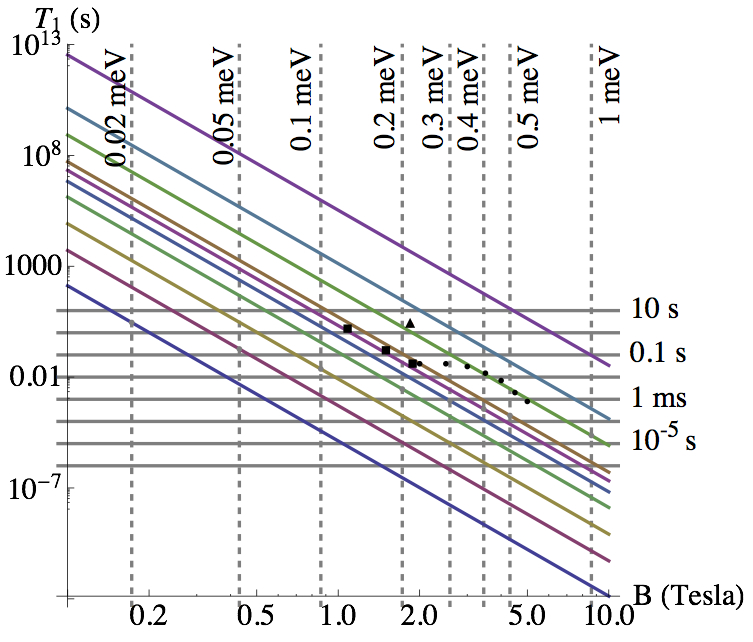We review and expand on previous work that treats relaxation physics of low-lying excited states in ideal, single electron, silicon quantum dots in the context of quantum computing. These states are of three types: orbital, valley, and spin. The relaxation times depend sensitively on system parameters such as the dot size and the external magnetic field. Generally, however, orbital relaxation times are short in strained silicon (from a tenth of a microsecond to picoseconds), spin relaxation times are long (microseconds to greater than seconds), while valley relaxation times are expected to lie in between. The focus is on relaxation due to emission or absorption of phonons, but for spin relaxation we also consider competing mechanisms such as charge noise. Where appropriate, comparison is made to reference systems such as quantum dots in III-V materials and silicon donor states. The phonon bottleneck effect is shown to be rather small in the silicon dots of interest. We compare the theoretical predictions to some recent spin relaxation experiments and comment on the possible effects of non-ideal dots.
Preprint: Relaxation of excited spin, orbital, and valley qubit states in single electron silicon quantum dots
January 25th, 2013 | Published in All, Blog, Preprints, Quantum Computing
(Submitted on 2 Jan 2013)
